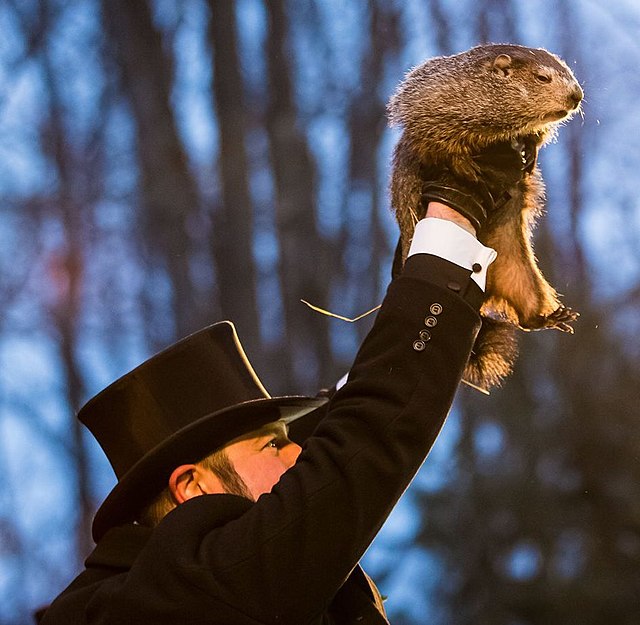April Fool’s Day: a fascinating history
Google released a feature that allowed users to play the popular 1970’s game Snake on April 1, 2019. This version though was a bit different, instead of a snake it was a train, and the goal was to pick up different passengers. The game could be played anywhere from San Francisco to Tokyo.
March 25, 2021
As people around the globe logged onto their computers on Apr. 1, 2019, they were quite surprised to see the classic 70’s game Snake on the Google homepage. Users could play from anywhere Why did it suddenly appear, though? Google has had a long history of surprising its users with an April Fool’s jinxs.
Celebrated on Apr. 1, April Fools’ Day is fueled with pranks and creative jokes; however, the derivation of this annual event is shrouded in mystery.
Some historians believe that April Fools’ Day was created in 1582 when France switched from the Julian calendar to the Gregorian calendar. In the original Julian Calendar, the new year began with a Spring equinox around Apr. 1.
“Traditionally, the vernal equinox was thought of as the beginning of the year in the Julian Calendar,” professor of American Studies and folklore Simon J. Bronner told TIME Magazine on Apr. 1, 2019.
The French people didn’t really get the news that these changes were made, and the day that they started celebrating was Jan. 1. They continued to celebrate it at the end of March through Apr. 1 with put ons.
These jokes and pranks were called April Fools. Tricks included placing a paper fish on the backs of people and calling them Poisson d’ Avril, or (April Fish). The symbol behind this action was that the person who had the fish on their back would be labeled as an easily caught fish or very gullible person.
“During that time, the first of April coincided with the end of Lent,” French Moments blog author Pierre said on Nov. 28, 2020. “This is a period of time when the church forbade Christians to eat meat, so people often used false fish to trick their victims.”
In Scotland and Great Britain, April Fools’ Day spread rapidly throughout the 18th and 19th Century. A famous prank amongst the British was the annual washing of the lions. People were given a ticket and eagerly went to the Tower of London only to be turned away by the guards and informed repeatedly that there was no washing of the lions.
“Brits handed out fake invitations specifically targeting clueless out of towners and newcomers,” Caitlin Gibson of the Seattle Times said on Mar. 31, 2016. “The joke was that there were no lions. The Tower did have a royal menagerie then, but there was no public washing.”
April Fools’ Day, despite its unusual and fascinating history, is often a day for people to have a little fun by tricking their friends and family. Pranks immediately come to mind such as putting baby powder into a hair dryer or laxatives in ice cream. April Fools’ Day can really bring out the creative side in people.
“I’ve been pranked,” junior Declan Fuller said. “It was more directed towards my little brother, and my parents said that water was leaking from my ceiling and that my tv got ruined. [ When] I came home, and it really wasn’t, my brother got a kick out of me realizing that I did not have a tv anymore.”
The reaction from the person that is tricked is often the best part, but pranking somebody with the help of a friend or colleague is often enjoyable as well. Having that satisfaction of pranking somebody with help can make the prank bigger and generate more laugher or surprise from the victim.
“One time, we expanded Mr. Derks desk space by moving Mr. Eighner’s desk and putting it in another spot, ” U.S. history and government teacher Ryan Paymaster said. “ We actually moved Mr. Eighner’s stuff out of the office, so it looked like he didn’t work here anymore. It was pretty funny.”
Often, there is a question as to whether April Fools’ Day is still relevant. Some say that It may die off and just remain a distant memory for those who recognize it. Others say that if countries around the world care to recognize it, then it may never become irrelevant.
“I think it is more of a personal preference, whether you want the tradition to continue or not,” world history teacher Nicole Hoch said. “ My sister loves the day and creatively pranks her friends and our family every year, but more and more I hear of people not participating.”







